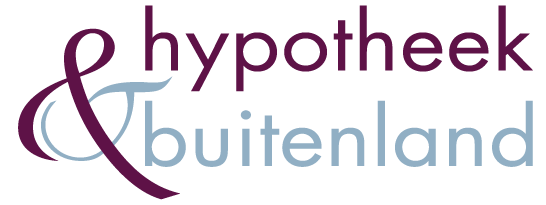Mortgage forms Italy
Mortgage Types
Italy has a different financing culture than the Netherlands. Italian banks take a more classical approach, focusing on paying off the mortgage. Consequently, the annuity mortgage is virtually the only form of mortgage offered. It is not common in Italy to sell all kinds of mandatory side products – such as life insurance – along with the mortgage. This is due to Italian legislation protecting consumers.
The annuity mortgage is the most widely used form of mortgage in Italy. In the absence of mortgage interest deductions and a less sound retirement system, the focus in Italy is on paying off the loan through this form of mortgage.
Redemption-free is not currently offered in Italy to non-resident customers. Only for a certain profile of customers with high income and assets are there options for a grace loan. This is offered by some private banks who do so on the condition that a certain portion of private wealth will be invested under their management.
Most Italian banks do not get excited about loan amounts below €100,000; in fact, they are not commercially interesting enough. In fact, most banks have a hard lower limit of €100,000. In practice, this means that it is more difficult to finance a house if the purchase price is less than €170,000.
Italian banks usually offer either a fixed interest rate for the entire term or a variable interest rate.
The interest rate offered in Italy to the non-resident customers is similar to the Dutch mortgage rate and thus it is a competitive rate.
Italian finance culture is focused on paying off a mortgage quickly. Therefore, maturities of 30 years are not common. For non-resident buyers, terms of 20 years are common and sometimes a maximum term of 15 years is used. See more information on maturities under “Age and maturity”
Assistance in obtaining a mortgage from an Italian bank is indispensable. The process is so bureaucratic and involves so much Italian legislation that applying for a mortgage without professional guidance is virtually impossible. There is a cost associated with this counseling. Consider total costs totaling about 2% to 3% of the loan amount.
Purchasing death benefit insurance is usually highly recommended. Due to legal restrictions on this, it is not possible for Italy to take out mortality insurance together with a mortgage. However, it is possible to take it out separately. This could possibly be done in the Netherlands.
When repaying a mortgage loan early, it is no longer permitted in Italy to charge a penalty unless the mortgage existed before Feb. 2, 2007. In fact, this is the date of the coming into force of the “Bersani Law,” which prohibits the charging of a fine.
A bridge loan is possible if the house being bridged on is also in Italy. Bridging on a house located in the Netherlands or a country other than Italy is not possible.
The release of surplus value through a mortgage is not possible in Italy unless the amount to be released is going to be used to purchase another property. Releasing money for consumption purposes or to supplement retirement is therefore not possible.
It is still possible with some Italian banks to apply for a so-called post-financing for up to 6 to 9 months after the purchase. In other words, recover the funds advanced for the purchase through a mortgage.

